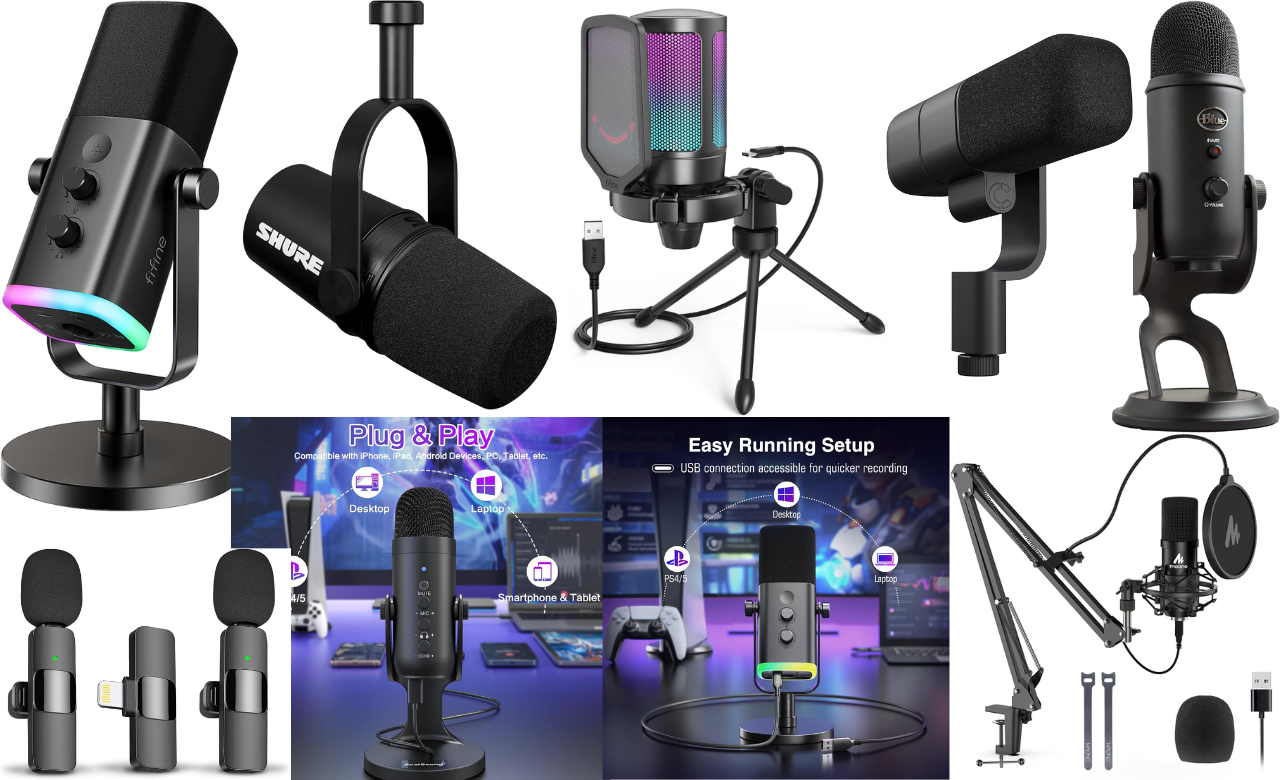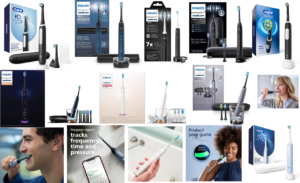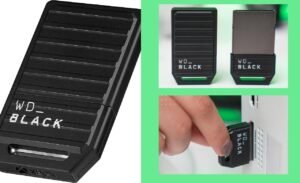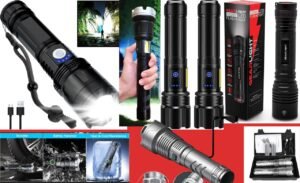Introduction:
Table of Contents
Introduction
What to Look for in a Podcast Microphone
Types of Podcast Microphones
Top Podcast Microphones for Beginners
Best Mid-Range Podcast Microphones
High-End Podcast Microphones for Professionals
Microphone Accessories to Enhance Your Podcasting Setup
Tips for Getting the Best Sound from Your Podcast Microphone
Comparing USB and XLR Microphones
Setting Up Your Podcast Microphone
Common Mistakes to Avoid with Podcast Microphones
Caring for Your Podcast Microphone
Future Trends in Podcast Microphones
Conclusion
Introduction
Starting a podcast? One of the most crucial elements is your microphone. It can make the difference between a professional-sounding show and one that sounds like it was recorded in a bathroom. So, let’s dive into everything you need to know about podcast microphones!
What to Look for in a Podcast Microphone
Audio Quality
The most important factor is audio quality. A good microphone captures clear, crisp sound without distortion.
Connectivity Options
Do you want a plug-and-play USB mic, or do you prefer the versatility of an XLR mic? This decision will impact your setup.
Durability and Build Quality
You need a microphone that can withstand regular use. Look for robust build quality to ensure longevity.
Price Range
Determine your budget. There are great microphones at every price point, from beginner to professional levels.
Types of Podcast Microphones
Dynamic Microphones
Dynamic microphones are durable and great at handling loud sounds without distortion. They’re less sensitive to background noise, making them ideal for untreated rooms.
Condenser Microphones
Condenser mics are more sensitive and capture a wider range of frequencies. They’re perfect for studio settings but can pick up unwanted background noise in untreated environments.
USB Microphones
USB mics are convenient and easy to use. Just plug them into your computer, and you’re ready to record. They’re great for beginners.
XLR Microphones
XLR mics offer better sound quality and versatility but require additional equipment like an audio interface or mixer. They’re favored by professionals.
Top Podcast Microphones for Beginners
Audio-Technica ATR2100x-USB
This versatile mic offers both USB and XLR connections, making it a great starter mic that can grow with you.
Blue Yeti USB Mic
A popular choice among podcasters, the Blue Yeti offers multiple pickup patterns and excellent sound quality.
Samson Q2U
Affordable and versatile, the Samson Q2U is another USB/XLR hybrid that’s perfect for beginners.
Best Mid-Range Podcast Microphones
Rode NT-USB
The Rode NT-USB provides studio-quality sound with the simplicity of USB connectivity, making it ideal for intermediate podcasters.
Shure MV7
Inspired by the legendary Shure SM7B, the MV7 offers USB and XLR connections, catering to both beginners and professionals.
Heil PR-40
Known for its rich, warm sound, the Heil PR-40 is a favorite among podcasters who want to elevate their audio quality.
High-End Podcast Microphones for Professionals
Shure SM7B
A legend in the industry, the SM7B delivers exceptional sound quality and is a staple in professional studios.
Electro-Voice RE20
The RE20 is renowned for its broadcast-quality sound and excellent noise rejection, making it perfect for professional podcasters.
Neumann TLM 103
The TLM 103 offers pristine sound quality and is a top choice for those who want the best audio performance possible.
Microphone Accessories to Enhance Your Podcasting Setup
Pop Filters
A pop filter reduces plosive sounds (like “p” and “b” noises) that can distort your recording.
Shock Mounts
A shock mount isolates the microphone from vibrations and handling noise, ensuring cleaner audio.
Boom Arms
A boom arm provides flexibility in microphone placement and helps keep your workspace organized.
Tips for Getting the Best Sound from Your Podcast Microphone
Proper Placement
Position your microphone correctly—typically about 6-12 inches from your mouth and slightly off-axis to avoid plosives.
Room Treatment
Soft furnishings, carpets, and acoustic panels can reduce echo and improve sound quality.
Recording Settings
Experiment with gain settings and ensure you’re recording at the right levels to avoid clipping.
Comparing USB and XLR Microphones
Pros and Cons of USB Microphones
USB mics are user-friendly and require no additional equipment. However, they may not offer the same sound quality and flexibility as XLR mics.
Pros and Cons of XLR Microphones
XLR mics provide superior sound quality and versatility but require an audio interface or mixer, which can be costly and complex for beginners.
Setting Up Your Podcast Microphone
Step-by-Step Guide for USB Microphones
- Connect the microphone to your computer via USB.
- Select the microphone as your input device in your recording software.
- Adjust the gain settings.
Step-by-Step Guide for XLR Microphones
- Connect the microphone to an audio interface using an XLR cable.
- Connect the audio interface to your computer via USB.
- Select the audio interface as your input device in your recording software.
- Adjust the gain settings on the interface.
Common Mistakes to Avoid with Podcast Microphones
Avoiding Background Noise
Choose a quiet environment and consider using noise-reduction software.
Preventing Plosives and Sibilance
Use a pop filter and position your microphone correctly to reduce harsh sounds.
Caring for Your Podcast Microphone
Cleaning Tips
Regularly clean your microphone with a soft, dry cloth and avoid using harsh chemicals.
Proper Storage
Store your microphone in a protective case or cover it with a dust cover when not in use to prolong its lifespan.
Future Trends in Podcast Microphones
Advancements in Microphone Technology
Expect to see more microphones with advanced digital processing capabilities and improved sound quality.
Trends in Podcasting
As podcasting continues to grow, expect more affordable, high-quality microphones to enter the market, making it easier for everyone to create professional-sounding content.
Conclusion
Choosing the right podcast microphone is essential for producing high-quality audio. Whether you’re a beginner or a seasoned professional, there’s a microphone out there that fits your needs and budget. Invest in the right equipment, take care of it, and you’ll be well on your way to creating an amazing podcast!
Discover More Gems: Dive into Our Latest Product Reviews
1. Projectors
2. Apple MacBook Pro
3. Sensyne Phone Tripod
4. Apple Watch Series 8
5. Microsoft Surface Laptop
6. HP Spectre X36
7. MSI Prestige laptop
8. realme GT Neo 3
9. Oppo Find X5 Pro
10. Xiaomi Mi 13
11. OnePlus 10 Pro
12. Google Pixel 7 Pro
13. SAMSUNG Galaxy S24
14. Apple iPhone 14
15. electric toothbrush




